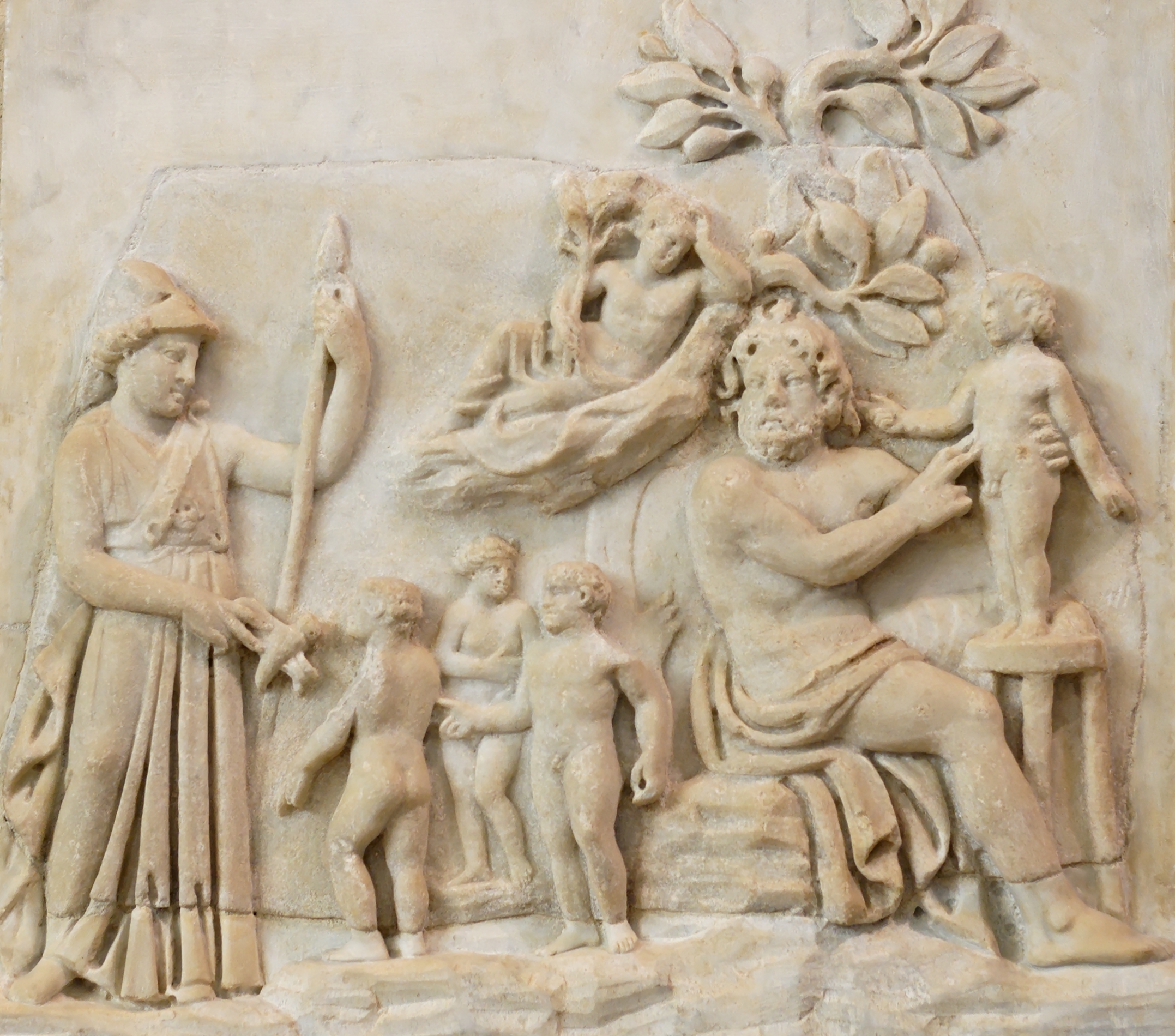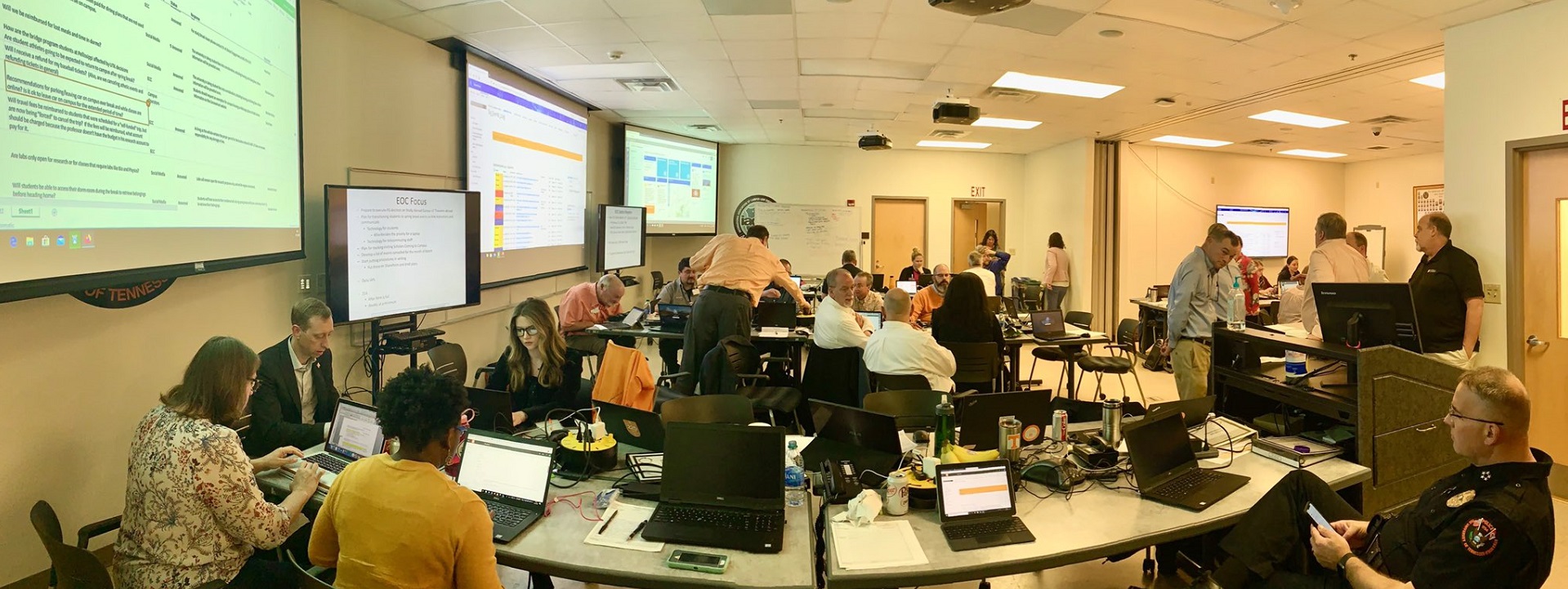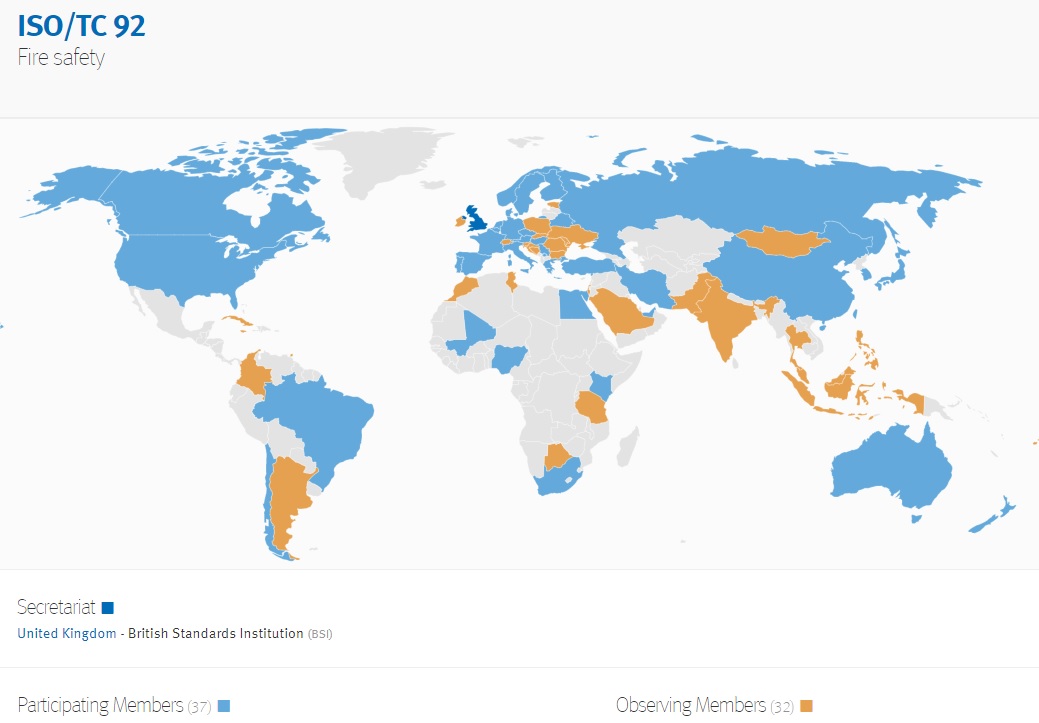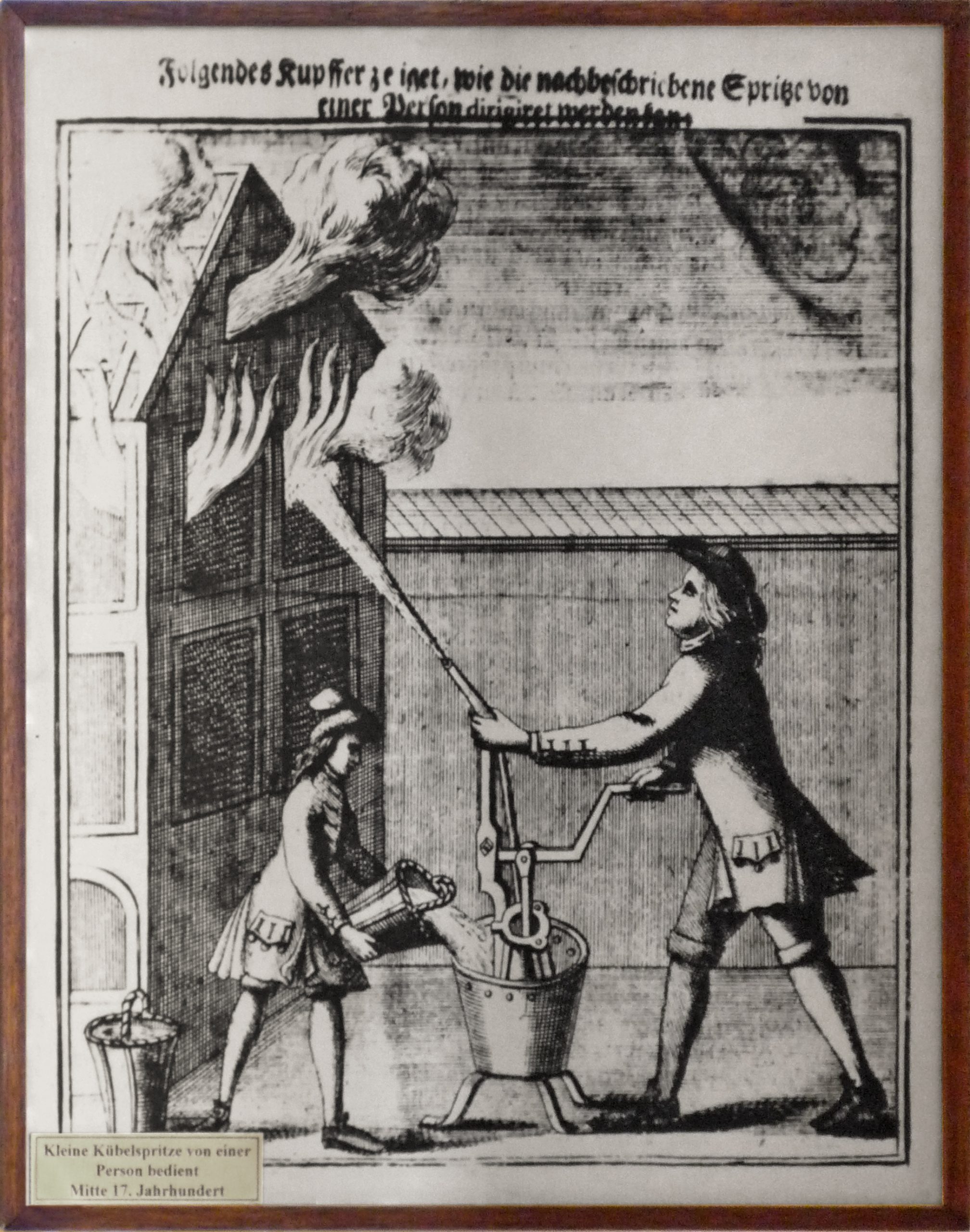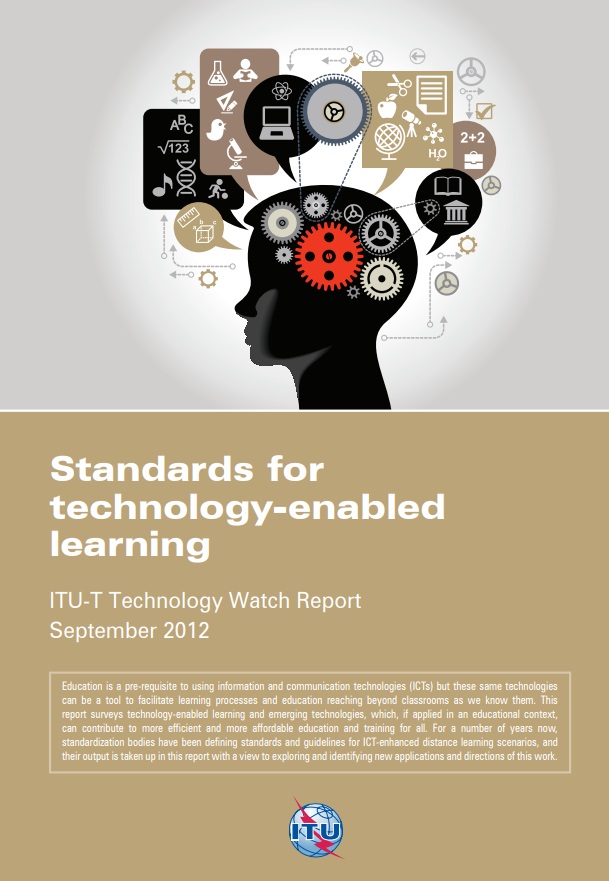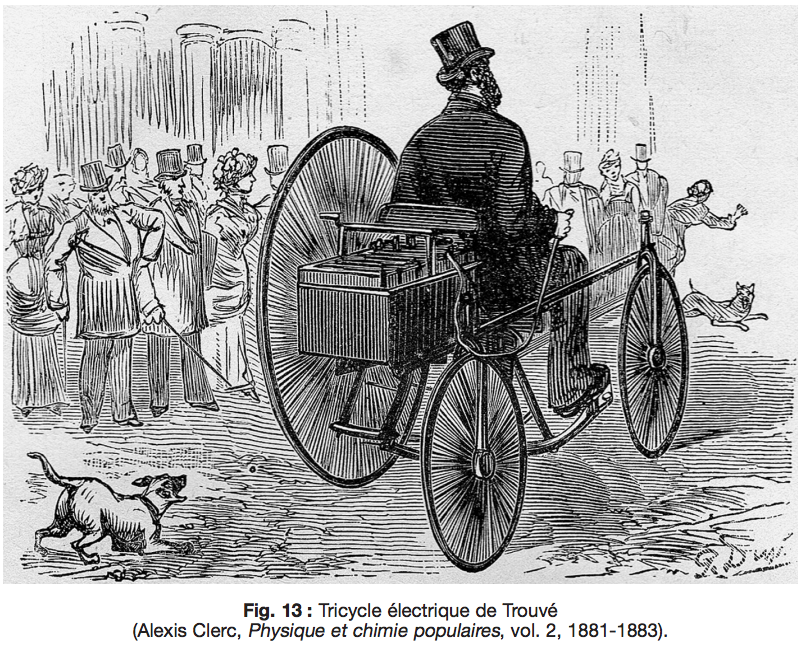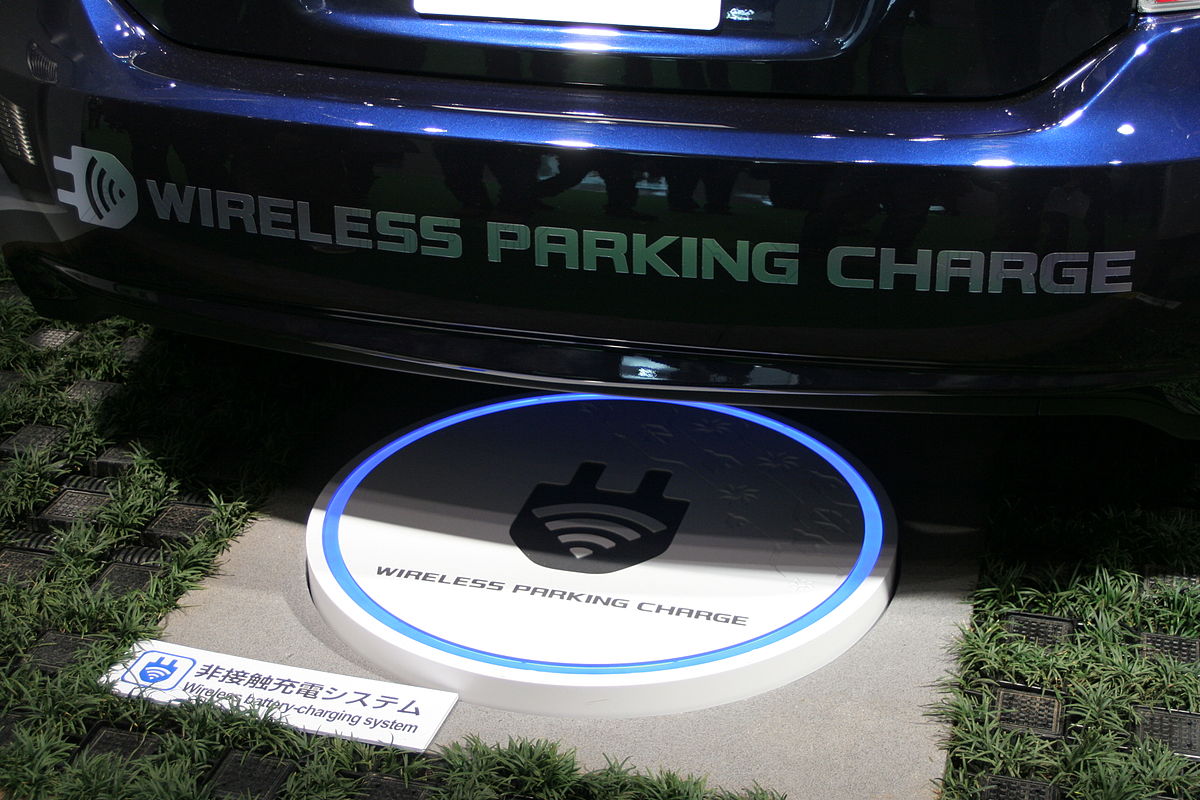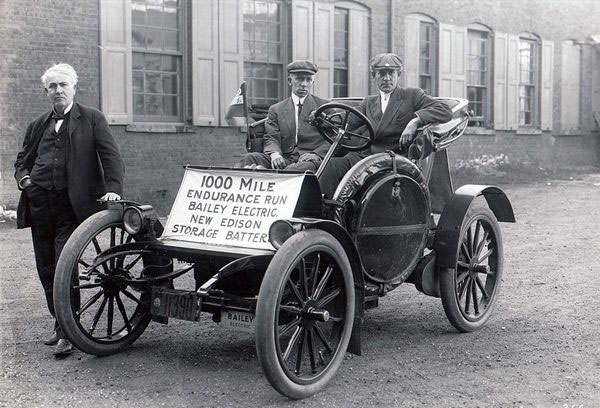Captain Kangaroo
- Home Page 88

Fire Safety
Fire safety leadership usually finds itself involved in nearly every dimension of risk on the #WiseCampus; not just the built environment but security of interior spaces with combustibles but along the perimeter and within the footprint of the education community overall.
The Campus Fire Marshal, for example, usually signs the certificate of occupancy for a new building but may be drawn into meetings where decisions about cybersecurity are made. Fire protection systems coincide with evacuation systems when there is no risk and both may be at risk because of cyber-risk.
The job description of a campus fire safety official is linked below offers some insight into why fire safety technologies reach into every risk dimension:
University of California Santa Cruz Office of Emergency Services
The development of the highest level fire safety consensus product in the world is led by the British Standards Institute, under the administration of the International Standardization Organization, with Committee E05 on Fire Standards of ASTM International as the US Technical Advisory Group Administrator. The business plan and the map of global participants is linked below:
BUSINESS PLAN ISO/TC 92 Fire safety EXECUTIVE SUMMARY
The consensus products developed by TC 92 are intended to save lives, reduce fire losses, reduce technical barriers to trade, provide for international harmonization of tests and methods and bring substantial cost savings in design. ISO/TC 92 standards are expected to be of special value to developing countries, which are less likely to have national standards. As with all ISO standards, the TC 92 consensus product is a performance standard suitable for use in prescriptive regulations and provide for a proven route to increased fire safety.
We do not advocate in this standard at the moment; we only track it. The International Fire Code and the Fire Code have been our priorities since 2006. The fire safety space is well populated with knowledgeable facility professionals because conformity budgets in the fire safety world — i.e. the local or state fire marshal — usually has a budget. When you have a budget you usually have people keeping pace with best practice.
We encourage our colleagues in the United States on either the business or academic side of the education facility industry to communicate directly with ANSI’s ISO Team and/or the ASTM Contact: Tom O’Toole, 100 Barr Harbor Drive, West Conshohocken, PA 19428-2959 Phone: (610) 832-9739, Email: totoole@astm.org
We maintain this title on the agenda of our periodic Global and Prometheus colloquia. See our CALENDAR for the next online meeting; open to everyone.
Issue: [19-104]
Category: Fire Safety, Fire Protection, International
Contact: Mike Anthony, Joe DeRosier, Alan Sactor, Joshua Elvove, Casey Grant
More:
The Challenges of Storage and Not Enough Space, Alan Sactor
Iced Americano
University of Michigan Net Position 2024: $22.335 billion
Michigan Central | Michigan West | Michigan Upper Peninsula | Michigan East
Bert Askwith worked his way through college shuttling students to and from Detroit Metropolitan Airport until his graduation in 1931; when two semester tuition cost $300. With no student debt he founded and grew Campus Coach Lines that still provides the same services at many other US campuses. He donated part of his fortune to establish a cafe in the Undergraduate Library; which now serves an expanding and bewildering catalog of caffeine-based drinks found in educational settlements worldwide.
The caffeine spectrum pic.twitter.com/QYhq6Rppsc
— Massimo (@Rainmaker1973) August 3, 2024
When new foreign national students arrive at U.S. colleges and universities, they often enter environments where a left-leaning worldview is prominent and pervasive. Many campuses today emphasize themes of social justice, equity, and systemic critique that align with a preference for larger, more interventionist government. Faculty and administrative messaging can reinforce these ideas, portraying government as the primary instrument for addressing inequality, redistributing resources, and regulating social behavior.
For many international students, this can be both eye-opening and disorienting. They may come from countries with different political traditions, including skepticism of state power due to experiences with corruption or authoritarianism. Yet, in the university setting, they encounter curricula and campus cultures that valorize activist government solutions while often criticizing markets, traditional institutions, or individual responsibility. Programs in the humanities and social sciences in particular tend to frame policy questions through a progressive lens that sees expansive government action as not just beneficial but morally necessary.
This immersion—some might call it a “marination”—shapes perspectives over time. Students adopt the language of social justice, climate policy, and identity politics, often without exposure to robust counterarguments. While this experience can broaden horizons and foster empathy for marginalized groups, it also risks narrowing intellectual diversity and suppressing debate about the limits and costs of government power. For international students, it can mean graduating with a worldview significantly more aligned with the American academic left than with the diverse political traditions of their home countries.
Campus Electric Transit
Widespread use of electric vehicles (EVs) on large university campuses offers significant possibilities but also presents challenges. Possibilities include reduced carbon emissions, aligning with sustainability goals, as EVs produce zero tailpipe emissions compared to gasoline-powered vehicles. Campuses could deploy electric shuttles, maintenance vehicles, or shared EV fleets, decreasing reliance on fossil fuels. EVs could integrate with campus microgrids, leveraging renewable energy sources like solar panels. They also promote quieter environments, reducing noise pollution in academic settings. Universities could foster innovation by integrating EV infrastructure into research, such as smart grid technology or battery development.
Pros include environmental benefits, lower operating costs (electricity is cheaper than fuel), and enhanced campus branding as eco-friendly. EVs require less maintenance, saving long-term costs. Students and staff benefit from cleaner air and modern transportation options.
Cons include high upfront costs for EVs and charging infrastructure, straining budgets. Limited range and charging times may disrupt campus operations, especially for time-sensitive tasks. Charging station availability could lead to congestion or inequitable access. Battery production raises ethical concerns about resource extraction. Retrofitting existing fleets and managing grid demand pose logistical hurdles.
Balancing these factors requires strategic planning, but EVs could transform campus mobility sustainably.
We have followed standards setting action in this domain since 1993. During todays colloquium at 15:00 UTC we will answer questions about our involvement, guided by our Safer-Simpler-Lower Cost – Longer Lasting advocacy in all relevant standards. Use the login credentials at the upper right of our home page.
National Electrical Manufacturers Association
EV Charging Stations Integration into Public Lighting Infrastructure
Drivers and Barriers to Implementation of Connected, Automated, Shared, and Electric Vehicles
Et al.
Wireless EV Charging
Wireless electric vehicle charging on streets uses electromagnetic induction to transfer power without physical connectors. A primary coil, embedded in the road surface, generates an alternating magnetic field when energized by an external power source. A secondary coil, installed on the EV’s underside, captures this field, inducing an electric current that charges the vehicle’s battery. Efficient power transfer requires precise alignment between coils, often aided by sensors or magnetic guidance systems.
Operating typically at frequencies of 20–100 kHz, the system ensures safe, non-contact energy transfer with efficiencies up to 90%. Power levels vary from 3.3 kW for slow charging to 22 kW or higher for faster systems. Infrastructure includes power inverters, communication modules for vehicle-grid interaction, and safety mechanisms to prevent electromagnetic interference or hazards. Dynamic charging, where EVs charge while moving, extends this concept using sequential coil activation along roads.
Electric Vehicle Power Transfer System
Updated July 15, 2025
2026 National Electrical Code Table of Contents
2026 NEC First Draft: How Did We Get Here?
Public Input Transcript: First Draft | Public Comment Transcript: Second Draft
2023 National Electrical Code | Current Issues and Recent Research
August 5, 2021
The 2020 National Electrical Code (NEC) contains significant revisions to Article 625 Electric Vehicle Power Transfer Systems. Free access to this information is linked below:
You will need to set up a (free) account to view Article 625 or you may join our colloquium today.
Public input for the 2023 Edition of the NEC has already been received. The work of the assigned committee — Code Making Panel 12 — is linked below:
NFPA 70_A2022_NEC_P12_FD_PIReport_rev
Mighty spirited debate. Wireless charging from in-ground facilities employing magnetic resonance are noteworthy. Other Relevant Articles:
- Article 240: Overcurrent Protection: This article includes requirements for overcurrent protection devices that could be relevant for EV charging systems.
- Article 210: Branch Circuits: General requirements for branch circuits, which can include circuits dedicated to EVSE.
- Article 220: Load Calculations: Guidelines for calculating the electrical load for EVSE installations.
- Article 230: Services: General requirements for electrical service installations, which can be relevant for EVSE.
- Article 250: Grounding and Bonding: Requirements for grounding and bonding, which are critical for safety in EVSE installations.
Technical committees meet November – January to respond. In the intervening time it is helpful break down the ideas that were in play last cycle. The links below provide the access point:
Public Comment Report Panel 12
We find a fair amount of administrative and harmonization action; fairly common in any revision cycle. We have taken an interest in a few specific concepts that track in academic research construction industry literature:
- Correlation with Underwriters Laboratory product standards
- Bi-Directional Charging & Demand Response
- Connection to interactive power sources
As a wiring safety installation code — with a large installer and inspection constituency — the NEC is usually the starting point for designing the power chain to electric vehicles. There is close coupling between the NEC and product conformance organizations identified by NIST as Nationally Recognized Testing Laboratories; the subject of a separate post.
After the First Draft is released June 28th public comment is receivable until August 19th.
We typically do not duplicate the work of the 10’s of thousands of National Electrical Code instructors who will be fanning out across the nation to host training sessions for electrical professionals whose license requires mandatory continuing education. That space has been a crowded space for decades. Instead we co-host “transcript reading” sessions with the IEEE Education & Healthcare Facilities Committee to sort through specifics of the 2020 NEC and to develop some of the ideas that ran through 2020 proposals but did not make it to final ballot and which we are likely to see on the docket of the 2023 NEC revision. That committee meets online 4 times monthly. We also include Article 625 on the standing agenda of our Mobility colloquium; open to everyone. See our CALENDAR for the next online meeting
Issue: [16-102]
Category: Electrical, Transportation & Parking, Energy
Colleagues: Mike Anthony, Jim Harvey
More
U.S. NATIONAL ELECTRIC VEHICLE SAFETY STANDARDS SUMMIT | DETROIT, MICHIGAN 2010
Force Majeure
In his books, The Black Swan and Antifragile, Nassim Nicholas Taleb observes that freak disasters—rare, high-impact events—are unpredictable and often underestimated due to their low probability. He calls these “Black Swan” events, characterized by their extreme rarity, severe consequences, and retrospective predictability. Taleb argues that people and systems are overly reliant on normalcy and linear models, ignoring the potential for such outliers.
These disasters expose the fragility of complex systems, like financial markets or infrastructure, which are unprepared for extreme shocks. In Antifragile, he contrasts fragile systems with antifragile ones, which thrive under stress. Taleb emphasizes that freak disasters are not anomalies but inevitable in a complex world, urging risk management that accounts for uncertainty rather than predictability. He critiques overconfidence in forecasting and advocates for building resilience to mitigate the devastating effects of these unpredictable events.
We cover this ground, more than tangentially, in our activism in disaster management standards setting. Our coverage of this topic dates back to 1993 which the links below should reveal. We will expand upon this topic as more information is derived from this past week’s events in Kerr County Texas.
“Extreme events and how to live with them” Nassim Nicholas
Talebhttps://t.co/fWYvN0v1ud@DarwinCollege @nntaleb@nyutandon @UMassAmherst pic.twitter.com/S83c8LgLs4— Standards Michigan (@StandardsMich) February 11, 2021
Innovation and Competitiveness in Artificial Intelligence
The International Trade Administration (ITA) of the U.S. Department of Commerce (DOC) is requesting public comments to gain insights on the current global artificial intelligence (AI) market. Responses will provide clarity about stakeholder concerns regarding international AI policies, regulations, and other measures which may impact U.S. exports of AI technologies. Additionally, the request for information (RFI) includes inquiries related to AI standards development. ANSI encourages relevant stakeholders to respond by ITA’s deadline of October 17, 2022.
Commerce Department Launches the National Artificial Intelligence Advisory Committee
Save the date! NIST is set to release our AI Risk Management Framework this week.
📅 Thursday, January 26 at 10am ET
📍 Livestream (no registration needed)Learn more: https://t.co/2YmN2R6bTV pic.twitter.com/muICEyRYcP
— National Institute of Standards and Technology (@NIST) January 23, 2023
New update alert! The 2022 update to the Trademark Assignment Dataset is now available online. Find 1.29 million trademark assignments, involving 2.28 million unique trademark properties issued by the USPTO between March 1952 and January 2023: https://t.co/njrDAbSpwB pic.twitter.com/GkAXrHoQ9T
— USPTO (@uspto) July 13, 2023
Standards Michigan Group, LLC
2723 South State Street | Suite 150
Ann Arbor, MI 48104 USA
888-746-3670


